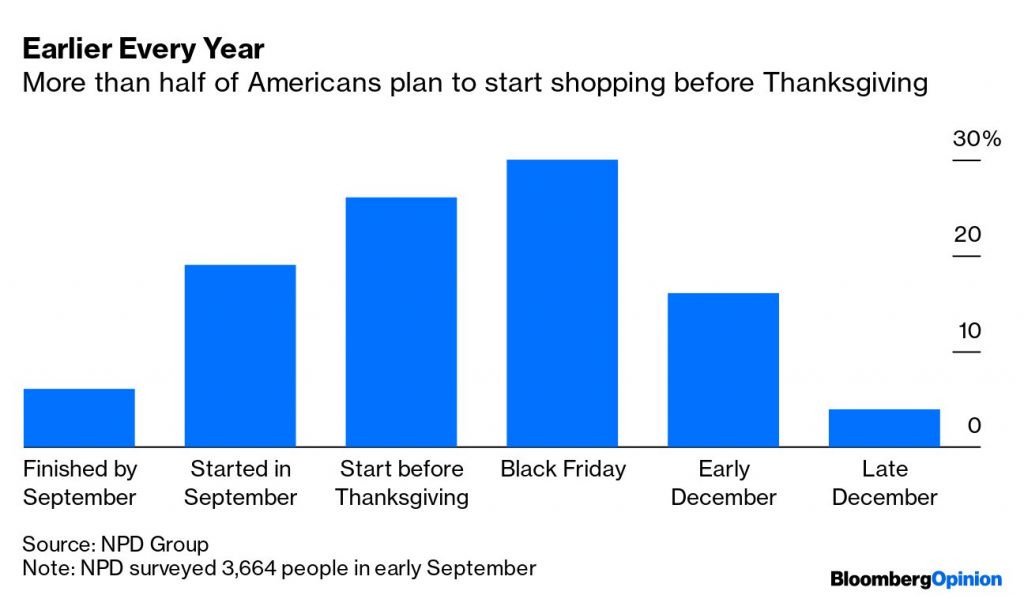If you have happened to follow the news in the recent past, you might be aware of the global supply chain crisis that is happening:
- The number of container ships around ports has doubled since April
- Dwelling times of containers has reached 6-10 days, way above the average 4-5 days
- Railyards have also been clogged, with trains at one point backed up 25 miles outside a key Chicago facility.
All of this can threaten to spoil the Holiday season joy for e-commerce retail businesses such as yours by eating into your profits.
There are more negative consequences of this supply chain crisis but before we look at them, let us find the answer to the question, what really is causing these logjams?
What is Causing This Supply Chain Crisis?

“There are going to be disruptions and shocks to the system as long as the pandemic persists and could last into 2022” – Pete Buttigieg
Americans who chose to stay home and came outside after feeling trapped at home for a long time have been equally spending dollars on shopping goods such as laptops and at places such as restaurants, triggering an unprecedented increase in demand that the nation’s unprepared logistics system was unable to handle.
Consumer goods demand is overall 22% higher compared with pre-pandemic levels (comparing February 2020 with August 2021). – BBC
This sudden increase in demand doubled with the negative consequences of the pandemic such as workers getting affected by the virus, nationwide lockdowns, shutting down of operations, etc., resulted in lower production and distribution businesses and thus businesses ended up not being able to handle the demand.
This demand > supply factor doubled down with external factors such as shortage of workers and effects of climate change, etc is said to have caused this crisis in the supply chain.
E-commerce activity has witnessed major gains and has subsequently impacted warehousing and importing, straining logistics and supply chain networks. – White House media release
Large businesses have the bandwidth to double down on their logistics operations and make sure they are least affected by this global phenomenon. But what about small businesses?
What Does This Supply Chain Crisis Mean for E-commerce Businesses?
Industry experts see momentary changes between the situation getting worse and staying at a standstill. Either way, it doesn’t look like it’s normalizing.
As the customer demand doesn’t seem to be going down anytime soon, you can expect the situation to continue into 2022 (beyond the Holiday season).
This naturally conveys that your customers’ Holiday season orders could hit a slump and would lead to a big blow on your revenue. Everything from Halloween costumes, to tech products such as computers and printers for Black Friday, Christmas decors and lights are all set to reach your customers late due to the current crisis.
The commercial pipeline that each year brings $1 trillion worth of toys, clothing, electronics, and furniture from Asia to the United States is clogged and no one knows how to unclog it. – Washington Post
If these disruptions don’t seem enough to lose revenue, your shipping and freight costs are known to increase, leading to a cut down on your customers’ discounts in order to meet ends.
Moreover, you can as well anticipate lower purchases from customers, who will shop less due to the sudden inflation.
But don’t let your hopes down. There are measures simultaneously being taken and which you can take to counter the crisis. Understand what they are and make sure that you are least affected by them.
Corrective Measures Being Undertaken and What E-commerce Merchants Can Do to Ease the Supply Chain Crisis
Even though the crisis doesn’t look to get any better, the White House primarily and others who have been affected by it have been taking appropriate measures to rectify the situation and reduce considerable damage, if not already done.
- Following President Joe Biden’s urge, The White House has issued orders for congested ports of Los Angeles and Long Beach to work 24/7 and keep containers out of ports by doing doubling trips
- Biden also said he’s considering deploying National Guard to help ease the stress on the US supply chain as it prompts growing concern about the economy
- Retail giants such as Walmart, Target, Home Depot, Samsung, etc and shipping carriers such as FedEx and UPS have all considered committing to increase usage of nighttime hours.
Similarly, experts have some suggestions for growing businesses such as yours to overcome this disruption:
- Now that road and sea cargo costs have risen considerably and the fulfillment time difference being huge, businesses can consider aircargo as a better option
- This year the holiday battleground is not only the CX you provide but unexpectedly the availability of your products. Therefore, look for ways to keep your inventories stocked
- Encourage customers to start shopping early as 3-4 weeks during the Holiday season days, especially right before Thanksgiving and Black Friday to avoid last-minute delays on their orders
- Provide a realistic estimated delivery date of delivery even before customers make their purchase so that they become aware of the crisis and refrain from blaming you in case the delivery timeline gets extended
- Keep your customers in the loop of their orders via tracking information across post-purchase touchpoints to avoid getting blamed for delays that are no fault of yours.
Bottom Line
From the experts’ point of view, the past stands for an unprecedented issue, the present stands at the situation getting worse before it gets better, and the future is the calling out of the existing logistics operations model.
The supply chain and logistics system will not and should not revert to the original model that existed during the pre-pandemic times as the current scenario calls for desperate measures in the form of modernization.
While increasing operations, availability of products, getting help from everyone possible would indeed help businesses and the economy itself circumnavigate past the Holiday season, the actual transformation of the supply chain model is the key for long-term benefits.
From your customers’ point of view, it looks like they’re indeed aware of what’s happening with their parcels as they would’ve been affected by the delay during the past few weeks. This is what led their work on permutations and combinations to understand where exactly the demand is cropping up.

They will also start shopping earlier this year and not wait for discounts during times like Black Friday. This is because they are well aware that higher demand, labor, and shipping costs will result in businesses, especially smaller ones, providing fewer discounts to meet ends. They will not risk their order getting stuck somewhere for some bargain, which would obviously be an awful gamble.
And as of now, follow the experts’ advice, understand the consumers’ buying behavior, and hope for the situation to get better or ‘normalize’ if there were such a thing.



